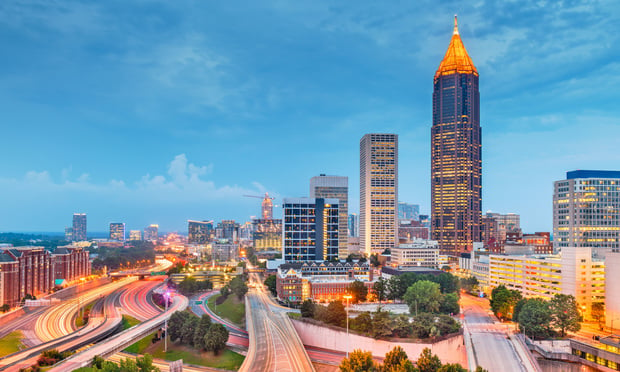ANAHEIM, CA-“The suburb of the future may well resemble more of a self-sufficient village than a prototypical suburb of the 1950s,” said Joel Kotkin, an authority on global, economic, political and social trends and author of The Next Hundred Million: America in 2050, at the recent “No Place Like Home Conference” here. Kotkin added that suburbs will “increasingly not be limited to being a 'bedroom' community, since many will work at home or commute to employment in another suburb. Its population will be far more diverse, by age and ethnicity, than its historic predecessor.”
More than 230 architects, planners, home builders, real estate professionals and urban-planning policy leaders attended the day-long conference, a meeting about home building and urban planning in the Southern California region. It was sponsored by the Building Industry Association of Southern California Orange County Chapter and ULI: Orange County/Inland Empire.
As GlobeSt.com reported recently, urbanist Richard Florida, director of the Martin Prosperity Institute at the University of Toronto's Rotman School of Management, global research professor at New York University and founder of the Creative Class Group, which works closely with governments and companies worldwide, gave a keynote address in San Diego last week during the PCBC homebuilding trade show in which he redefined what makes America great and what our current economic process is about. One of Florida's main points was that creative energy, which drives our economy, emanates from cities and suburbs, which are really one and the same. “We have to get over this nonsensical verbiage of cities or suburbs; it's cities and suburbs. We have to build functional megaregions.”
Florida maintained that cities are the real source of innovation, possessing a quick “metabolism” that enhances creativity. “How are we going to rebuild our suburbs” to revive their metabolism, he asked. Cities need the green lifestyle and access to the waterfront that the suburbs—particularly the coastal suburbs—offer, he added. “What people prefer is all the same: a safe, secure, crime-free environment; lots of economic opportunity; openness to all people; and quality of place.”
© 2025 ALM Global, LLC, All Rights Reserved. Request academic re-use from www.copyright.com. All other uses, submit a request to [email protected]. For more information visit Asset & Logo Licensing.







